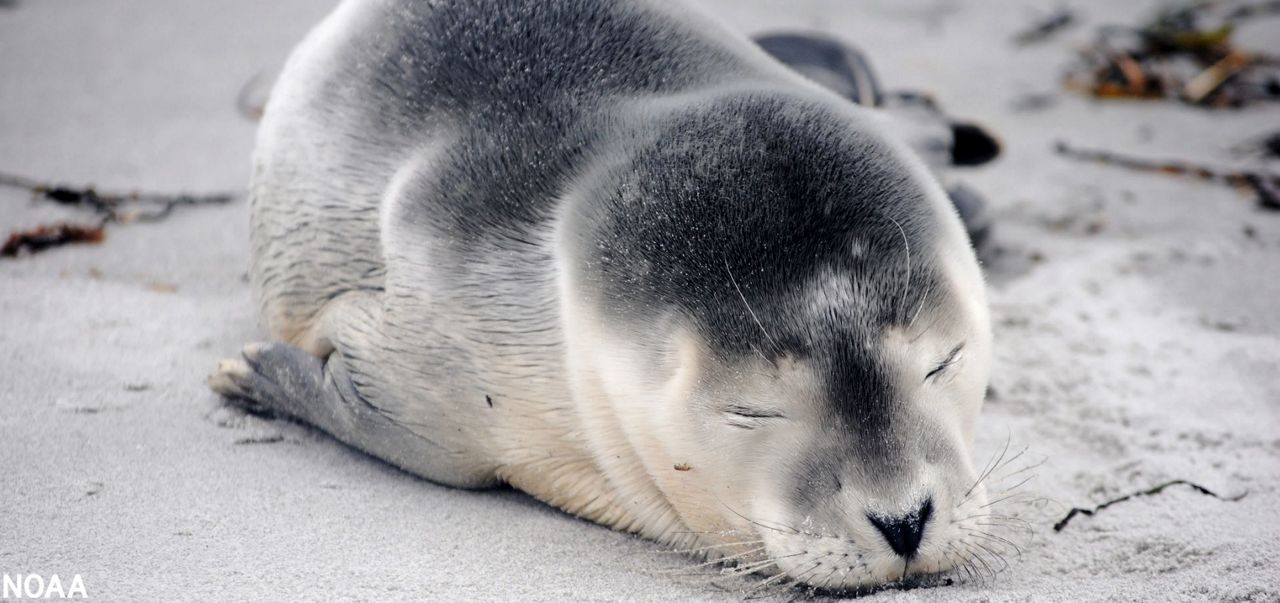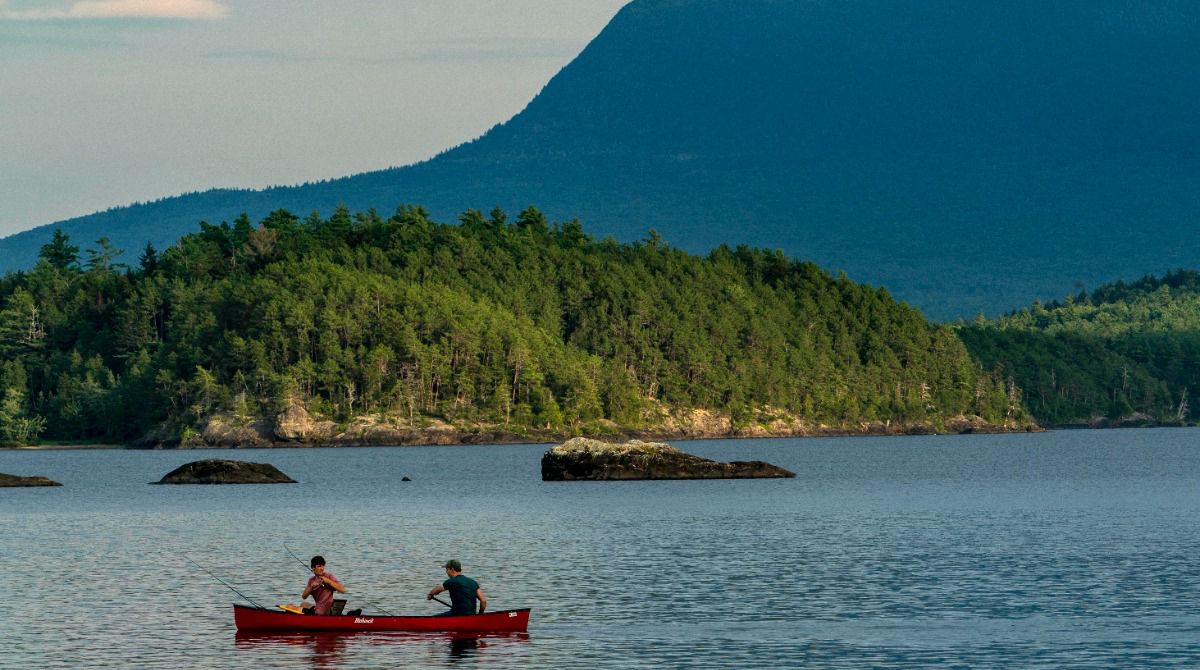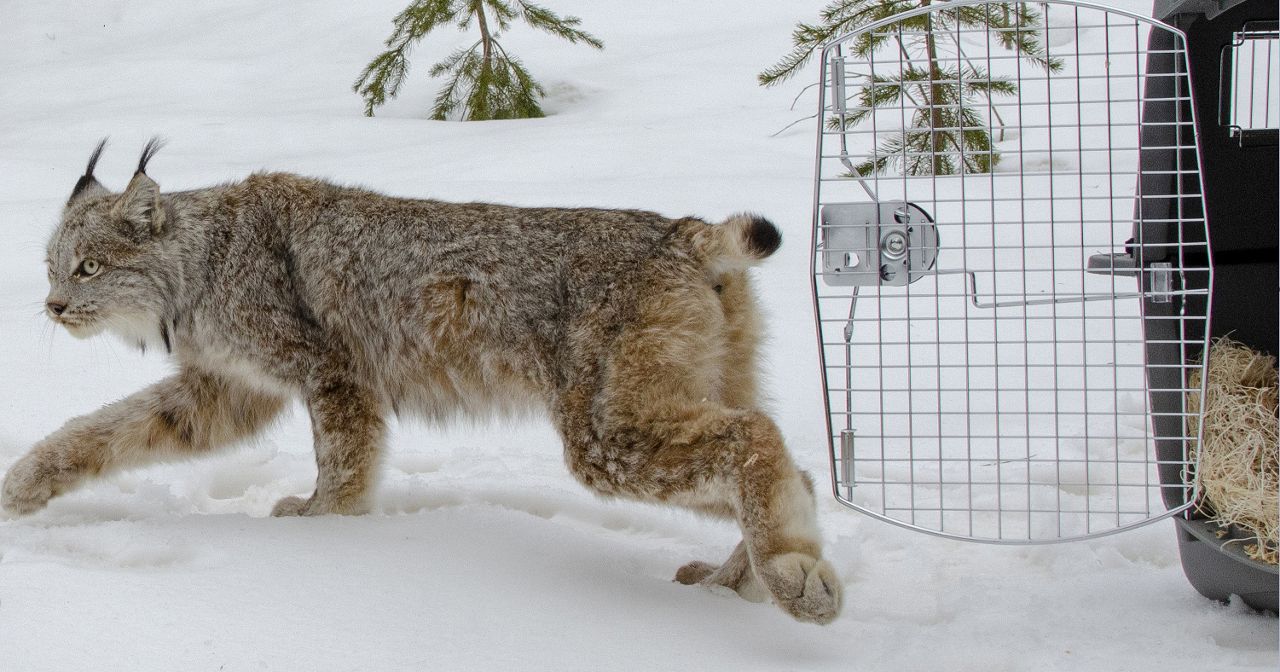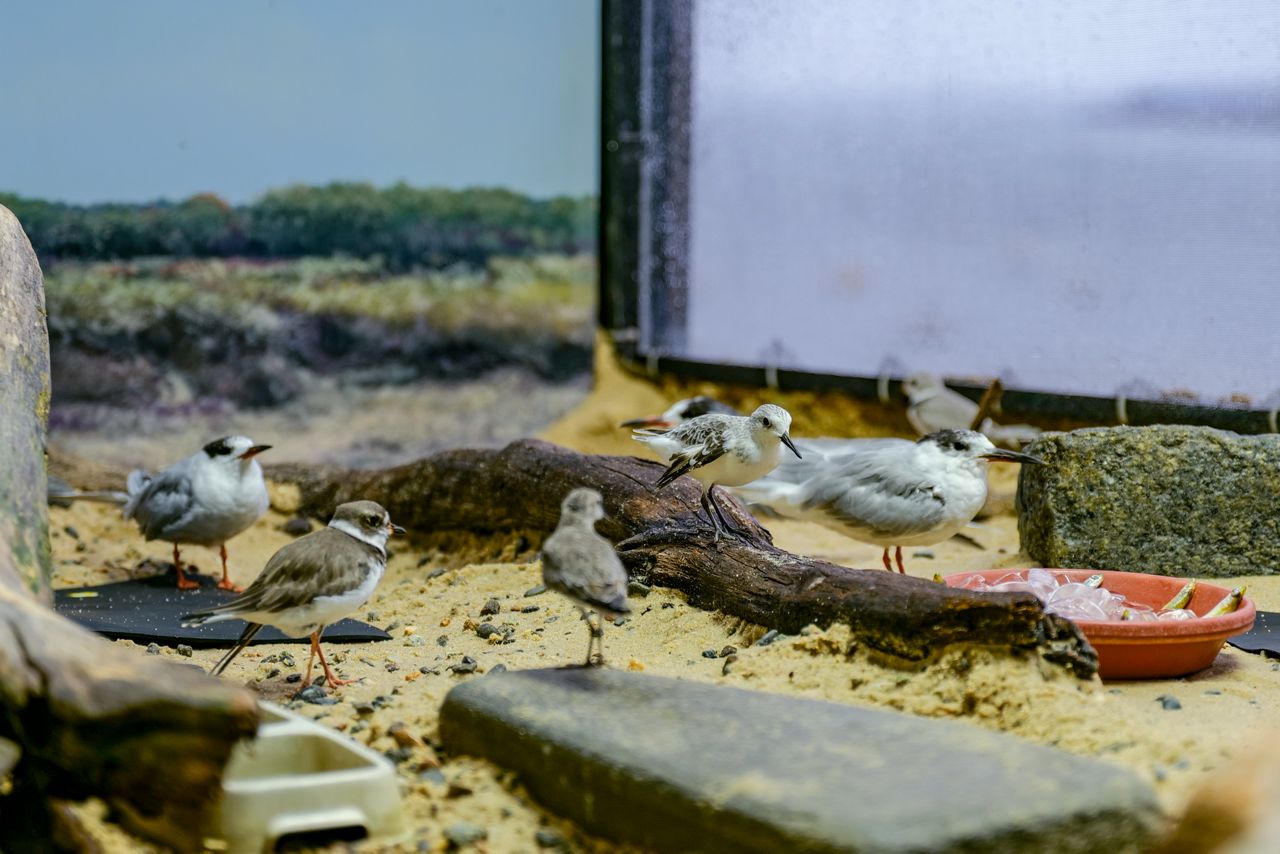Mainers might have heard it before: If you see a seal lounging on a beach, leave it alone, or call the professionals if you think it’s in trouble. But every year, many seals in Maine still suffer serious harm at the hands of people – some well-meaning, some less so.
A new study from the University of Maine aims to help marine mammal rescue groups more effectively spread their messages of how to protect seals and steer clear of them on beaches.

The study, recently published in the journal Conservation Science and Practice, breaks down the different ways humans interact with stranded seals on Maine beaches and proposes new ways to tailor public outreach strategies about keeping the federally protected animals safe.
Researchers looked at more than 3,500 reports of harp, harbor and gray seal strandings from nonprofits and the state Department of Marine Resources from 2007 to 2019. They broke down the details, for the first time, of human behaviors toward these animals, including fishing gear entanglement, vessel strikes and a range of interactions broadly termed “harassment.”
These disturbances, from violent assaults to well-meaning attempts at aid, are illegal and can cause seals stress, injury, death or abandonment. A sick seal stranded on a beach might die if it’s pushed back into the water, for example. Or a seal might leave her pups safely on the shore while she looks for food, and moving those babies can do more harm than good.
“This research is important because it helps stranding networks better understand where and how to focus their outreach and education so that they may empower the public to actually help these animals rather than harass them,” said study co-author Emma Newcomb, who wrote her senior thesis on this topic as an undergraduate at UMaine, in a press release.
The researchers found seal strandings and human interactions increased in the years they studied, especially in Southern Maine and in winter. About 15% of the strandings they studied involved human interactions, and 75% of those were considered harassment.
In a few cases, a harassed seal was shot with a gun or bitten by a dog. But most interactions that counted as harassment turned out to be “done with the best intentions” by people who thought the animal needed help, Newcomb said.
The study proposes a new classification system for human interactions with stranded seals, with subcategories for the most common kinds of harassment, including “human approach, physical contact, displacement from land and water, unauthorized collection, covered (or) feeding.”
Researchers say this more detailed system could be used in other coastal places similar to Maine, and could inform different ways to protect seals in different places. Maine’s coast is served by several local marine mammal rescue groups that are part of a national network.
“For example, efforts to reduce entanglement among gray seals in mid-coast Maine will require a different strategy (e.g., fishermen outreach, marine debris beach clean-ups) than campaigns to protect harbor seal pups from human approach in southern Maine (e.g., beach signage, public presentations to community groups),” the study says.
Here’s what to do when you spot a seal on a Maine beach:
Stay at least 150 feet away and speak quietly – many seals on beaches are just resting
Do not touch the animal – it’s illegal and can be harmful
Keep pets on a leash and away from the seal
Move away if your behavior is changing the seal’s behavior – warning signs of harassment include vocalizing, flapping fins, eating rocks or moving back to the water
Do not pour water on the seal, offer it food, cover it or move it anywhere
If you’re worried about the seal, call the state hotline at 1-800-532-9551
The same goes for other protected marine mammals like whales, porpoises and dolphins, but it’s important to note that, unlike semi-aquatic seals, these animals are almost always in distress if they’re on a beach or stuck in the shallows. Call rescuers immediately if you see one.
“It never hurts to call when you see an animal on a beach, but a seal on a beach does not inherently mean it is unhealthy or needs help,” Newcomb said in the news release. “It is important to let the stranding networks decide what animals need intervention and what animals are fine on their own.”









